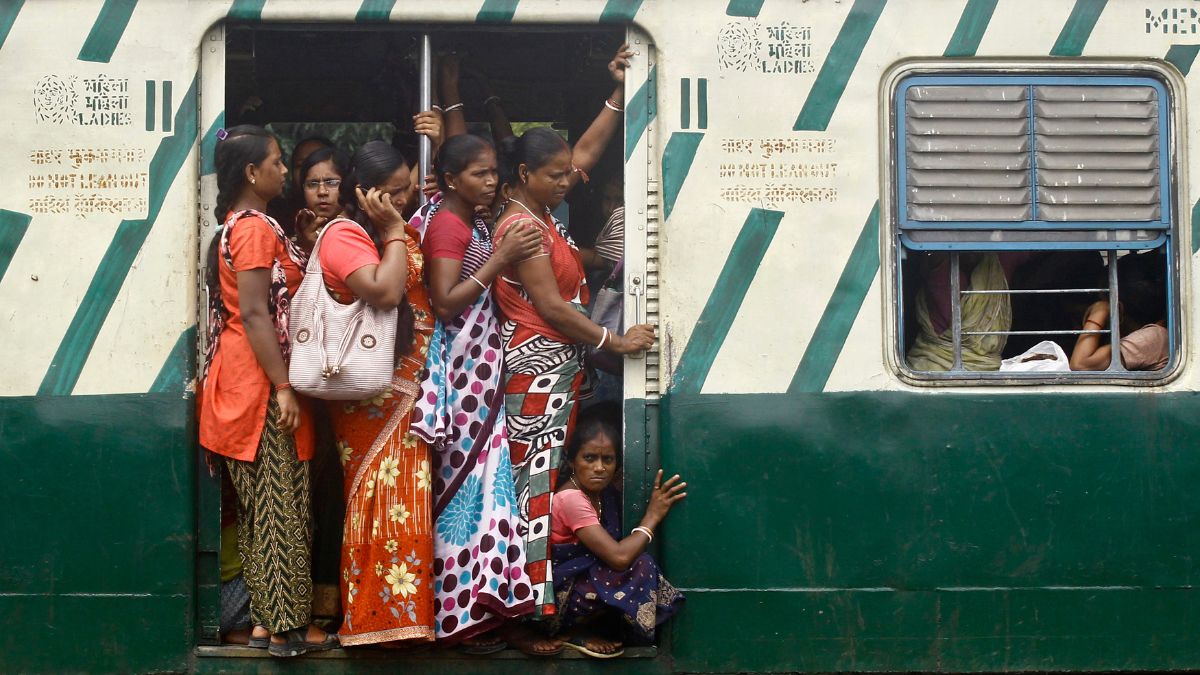

India is poised to conduct its next census in 2026, marking a significant resumption of this crucial decennial exercise after a gap of 15 years. The last census was held in 2011, and the subsequent one, originally planned for 2021, faced repeated postponements. The primary reason for the initial delay was the onset of the COVID-19 pandemic, which brought logistical challenges and health concerns to the forefront. However, even as many other nations worldwide managed to conduct their censuses amidst the pandemic, India's census remained on hold, leading to a prolonged absence of updated demographic data.
Several factors contributed to the continued delay beyond the pandemic. These include budgetary constraints, with reduced allocations compared to initial approvals, and political sensitivities surrounding the inclusion of a caste-based census. Administrative readiness also played a role, as census officials require extensive training and mobilization across diverse states, a process that demands considerable time and preparation.
The decision to finally proceed with the census in 2026 reflects a renewed commitment to obtaining accurate and up-to-date population data, which is indispensable for informed policy-making and effective governance. The exercise is scheduled to commence on October 1, 2026, in the snow-bound regions of Ladakh, Jammu and Kashmir, Himachal Pradesh, and Uttarakhand, due to their unique climate and logistical considerations. The rest of the country will follow, with the census beginning on March 1, 2027.
This census will be a comprehensive, two-phased operation. Moreover, the upcoming census will be digital, enabling citizens to provide household data through online platforms. It will also include caste enumeration for the first time since 1931. The inclusion of caste data is a significant development, responding to long-standing demands from various political parties and states. This data is expected to aid in more targeted policy planning and welfare distribution, addressing the specific needs of different communities.
The absence of a recent census has created several challenges. Outdated data from the 2011 census no longer accurately reflects the current realities of India's population, where migration patterns, urbanization, and economic conditions have significantly evolved over the past decade. Relying on this outdated information can lead to inefficient resource allocation and ineffective policy interventions. For instance, schemes like the National Food Security Act, which aims to cover a substantial portion of India's population with subsidized food grains, may exclude a significant number of individuals due to the use of outdated census figures.
Furthermore, the census data serves as a foundation for various statistical surveys that inform policy-making, such as those related to household and social consumption, the National Family Health Survey, and the Periodic Labour Force Survey. Without updated census data to set their sampling frames, these surveys risk producing skewed or inaccurate results, further complicating the policy-making process.
The completion of the census is also crucial for the delimitation of constituencies, the redrawing of boundaries of Lok Sabha and State Assembly seats. According to constitutional amendments, this redrawing is to be based on the population data of the first census after 2026. Thus, the 2026 census is a prerequisite for ensuring fair and accurate representation in the country's legislative bodies.
In conclusion, the resumption of the census in 2026 is a vital step towards addressing the data deficit that has accumulated over the past 15 years. By providing updated demographic information and including caste enumeration, this exercise promises to enhance evidence-based policy-making, improve resource allocation, and promote more inclusive growth and development across India.